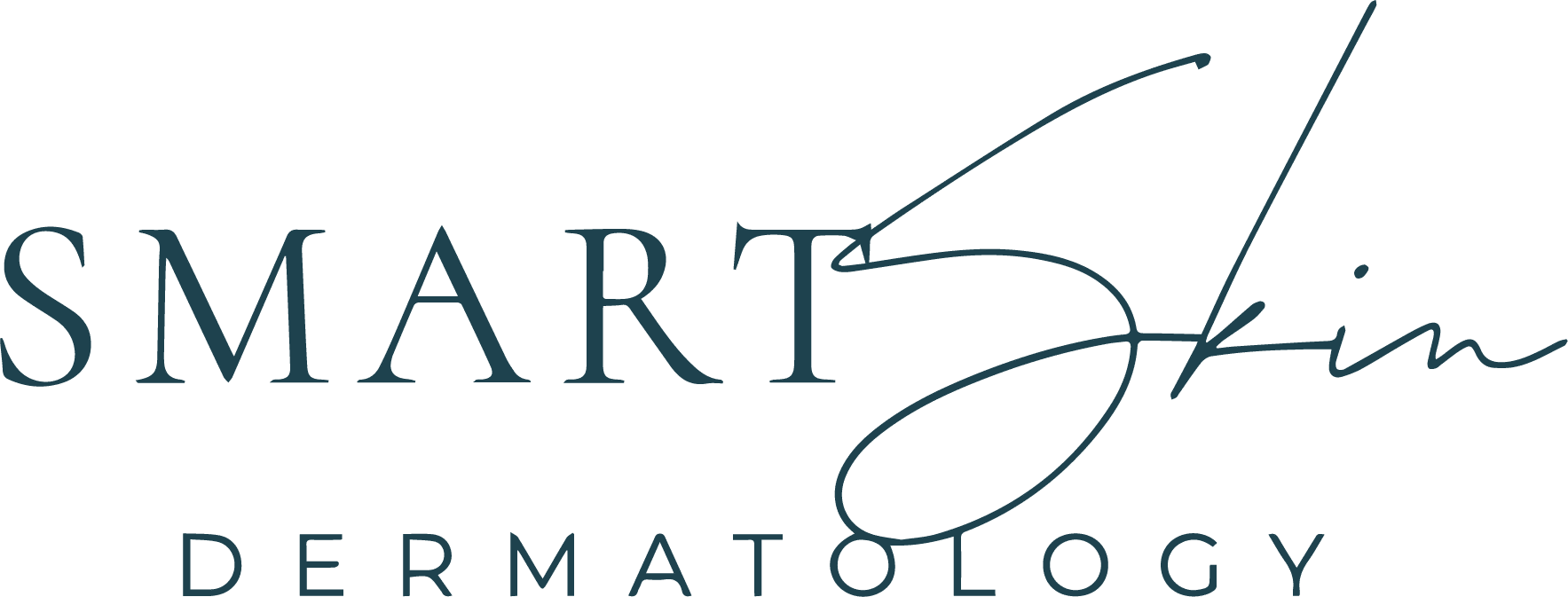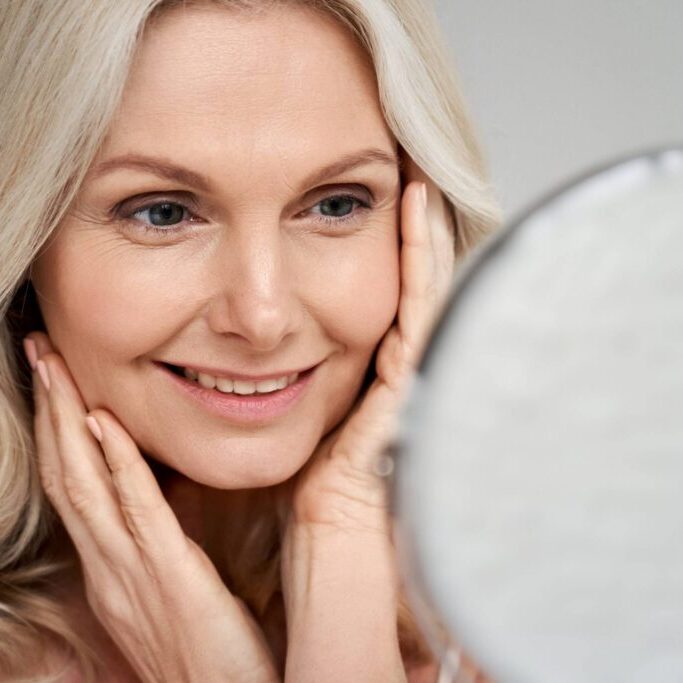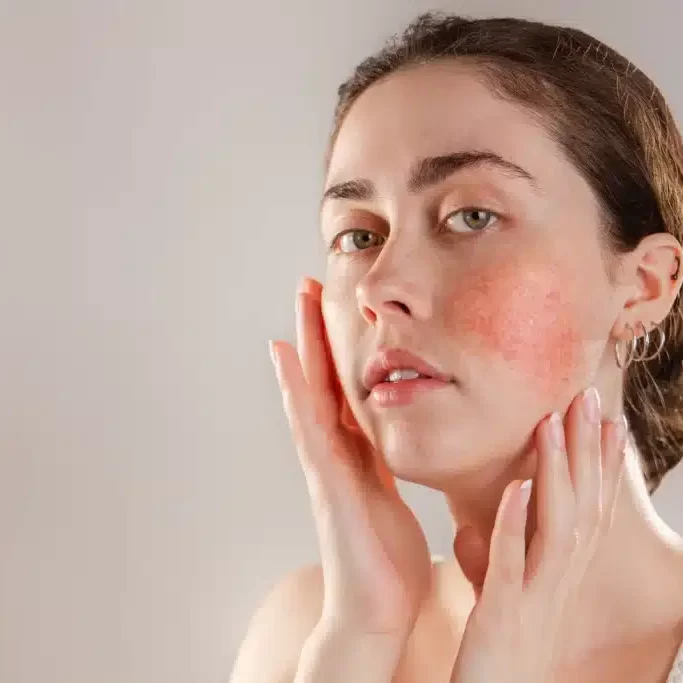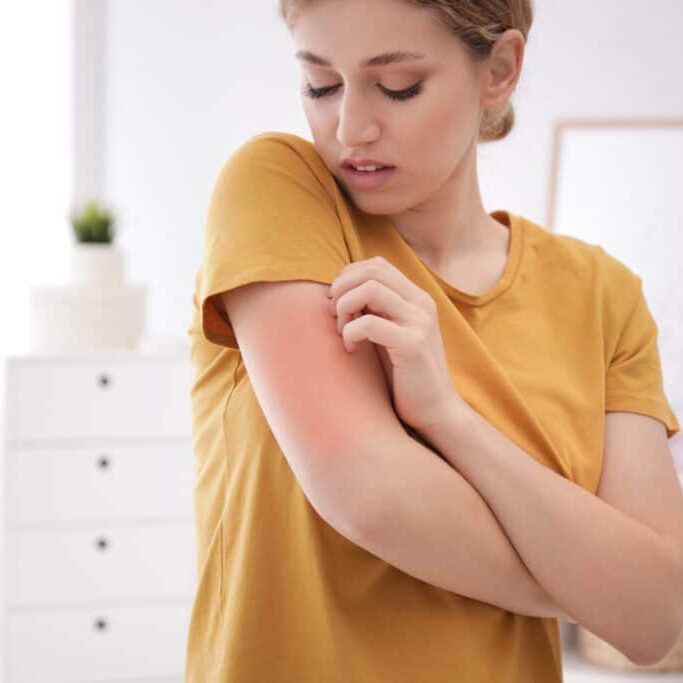
What Is Acne? How Can I Get Rid of It?
What is Acne?
You hear about acne quite often. People talk about it all the time and it’s a topic common to commercials and tutorials on social media. Acne is a skin disease that deals with hair follicles, excess oil, bacterial overgrowth, and dead skin cells clogging the pores. Although common in teens, this condition can affect anyone of all ages. Acne is not dangerous, but it can be emotionally damaging and leave scars or further complications if left untreated, making it a serious threat to achieving great skin.
Types of Acne:
Blackheads:
This is a common type of acne condition. It forms when a pore is clogged with sebum and dead skin cells. It is open from the surface but clogged with sebum and dead skin cells inside. It tends to have a black color due to the irregular reflection of light.
Whiteheads:
Another common type of acne, whiteheads are like blackheads but have closed opening and are clogged with sebum and dead skin cells on the inside. It looks like a protruding bump in the skin with a white tip that is closing the opening of the pore making it harder to treat than the blackheads.
Papules:
Papules look like a small or red-pink bump on the skin. Papules occur when there is an inflammation on the skin due to the breakdown of pores. This type of acne is sensitive to touch and may scar.
Pustules:
Pustules are another type of inflammation of the skin. This resembles the look of a whitehead but is typically larger and filled or clogged with white to yellow pus on the inside.
Cysts:
Cysts are a slightly less common type of acne. It is a large red or white nodule under the skin that is filled with a combination of bacteria, sebum, and dead skin cells. A consultation and treatment from a dermatologist are necessary to get rid of cysts because it is painful to touch and can lead to scarring.
Causes:
The occurrence of acne is influenced by different factors. A common reason for acne is related to hormonal changes and fluctuations. This factor often affects teenagers because this is the time when there is a rapid rise in androgen. Androgen is a type of hormone present in everyone but as women reach adolescence the androgens typically decrease in a relative sense, and estrogen tends to dominate. Other factors that may lead to developing acne are menstruation, stress, excess oil, and bacteria.
How to Prevent and Get Rid of Acne:
Wash Your Face:
You may have heard this advice over and over again. There is a reason why this one is overemphasized by experts and dermatologists. Washing the face two times a day regularly is the simplest and the primary step in taking care of the skin and eliminating dirt and excess oil that contribute to acne. Use a mild facial cleanser with warm water to rinse.
Moisturize Regularly:
Cleansing the skin may irritate and dry the skin. Moisturize the face with noncomedogenic or fragrance-free products to add and replenish the necessary moisture needed by the face. For sensitive acne-prone skin avoid using products that contain oil and synthetic products.
Know Your Skin Type:
Some products may work perfectly with your skin and some may not. It is important to know that people have different types of skins. Oily skin is the most prone to acne because of the excess oil that may clog the pores. Understanding the different types of skin and the appropriate products for each will help the prevention of acne.
Avoid too Much Sun:
Sunlight is good for the body and can some sunlight can even be anti-inflammatory and helpful for inflammatory skin conditions such as acne in appropriate amounts. But too much is obviously harmful. Not only will it cause premature aging and an increased risk of skin cancer, but it will cause damage to the skin barrier and irritation. Potentially worsening acne and making it more difficult to use your skincare creams effectively.
Limit the Use of Makeup:
During an acne breakout, avoid the use of excessive makeup products such as liquid-based or thick foundation. If you can’t avoid it, make sure to use non-comedogenic, fragrance-free, and oil-free products.
How to Manage an Acne Breakout:
Most cases of acne are mild and can be treated with over-the-counter products. The continuous use of good over-the-counter treatment and proper care of the skin is essential to eliminate acne problems. Avoid irritating the skin and the acne by not picking or popping it. In most cases, it really doesn’t help and can worsen the acne outbreak. If doing all these necessary steps in taking care of the skin does not work, it is time to see a doctor.
When to Consult for an Acne Treatment:
If the acne problem is persistent and does not respond to the over-the-counter treatment, or it somehow gets worse, you will need to book an appointment and consult with a dermatologist. Depending on your condition and how severe the symptoms of acne, your doctor may advise you to try some medication and treatments that specialize in dealing with severe acne. Smart Skin Dermatology is composed of a professional team with over 20 years of experience in the field of medical and cosmetic dermatology. Our vision at Smart Skin Dermatology is to bring a professional, enjoyable, and patient-focused experience to the dermatology specialty.
